The view from the shore
From first sighting, the Yuin and other Indigenous people watched as James Cook navigated HMB Endeavour northwards along the coastline. The journal keepers on board the ship noted the fires on the shore.
Professor Irene Watson:
I will return to Cook’s arrival on our shores. At that time and from thereon Aboriginal laws were and are still being breached. For example:
- asking permission to enter the country
- submitting to the Aboriginal laws of place
- paying the rent or making a contribution to the community of place, for the use of land, water, and a lifestyle that has murdered ours as it eats into the future of us all.
(www.borderlandsejournal.adelaide.edu.au, 2002)
Paddy Fordham Wainburranga:
White people say their law comes from books. You can see those white people holding their books and, yes, they’ve got guns too, even the ladies. They’ve got power in the books because, you know, they can change what’s in them. Not like Aboriginal Law, our Law. We hold our law in our heads and get it from the old people.
White Law/Black Law, 1984
AIATSIS map of Indigenous Australia
This map visualises areas of cultural, language, trade boundaries, and relationships between groups of original traditional owners of Australia.
For more than 60,000 years Aboriginal and Torres Strait Islander peoples lived across Australia according to complex and sustaining laws and customs.
Limitations of the map
The AIATSIS map of Indigenous Australia was produced for a general reading audience. The map is not definitive and is not the only information available which maps language and social groups.The information on which the map is based is contested and may not be agreed to by some traditional custodians. The borders between groups are purposefully represented as slightly blurred. They do not claim to be exact.
Secret instructions from the Admiralty, 30 July 1768
By the Commissioners for executing the Office of Lord High Admiral of Great Britain etc. Additional Instructions for Lt James Cook. Appointed to Command His Majesty’s Bark the Endeavour […]
You are also with the Consent of the Natives to take Possession of Convenient Situations in the Country in the Name of the King of Great Britain.; Or: if you find the Country uninhabited take Possession for his Majesty by setting up Proper Marks and Inscriptions, as first discoverers and possessors.
Lieutenant James Cook, Journal, 22 August 1770
…the Eastern Coast from the Latitude of 38° South down to this place I am confident was never seen or viseted by any European before us and therefore by the same Rule belongs to great Brittan Notwithstand I had in the Name of his Majesty taken posession of several places upon this coast I now once more hoisted English Coulers and in the Name of His Majesty King George the Third took posession of the whole Eastern Coast from the above Latitude down to this place by the Name of New South Wales together with all the Bays, Harbours Rivers and Islands situate upon the same said coast after which we fired three Volleys of small Arms which were Answerd by the like number by from the Ship [ . . . ]
We saw on all the Adjacent Lands and Islands a great number of smooks a certain sign that they are Inhabited and we have dayly seen smooks on every part of the coast we have lately been upon
Terra nullius
Britain took possession of the ‘Great Southern Land’ under the doctrine of terra nullius, proclaiming that the land belonged to no one. Thus the Crown would possess it. This notion underwrote the nature of all exchanges between the colonisers and Indigenous people until 1992 when terra nullius was overturned by the High Court of Australia. In Mabo v Queensland (1992) it was found that the Meriam people retained traditional rights to their islands in eastern Torres Strait, and that native title rights existed for all Indigenous people prior to Cook’s possession. See a summary of the determination here.
Colonial Frontier Massacres
First Nations people have defended their land, communities and culture from the invading British since 1788.
This interactive online map is a result of an ongoing research project recording sites of massacres of Aboriginal and non-Aboriginal people from 1788. Organised massacres occurred across the country from the early days of British settlement. These were recorded in journals, newspaper reports, and diaries of the time but were hidden from Australia’s national story until recently.
The research is led by Professor Lyndall Ryan, University of Newcastle, Australia. Colonial frontier massacres are defined as ‘the deliberate and unlawful killing of six or more defenceless people in one operation’.
The fires whose smoke Lieutenant Cook recorded in his journal had been lit by the land’s traditional custodians, the Yuin people, to warn those further along the coast of this strange vessel’s approach. Hear traditional knowledge holder Warren Foster describe his Yuin ancestors’ view of Cook’s arrival in this ABC (Australian Broadcasting Corporation) video here.





